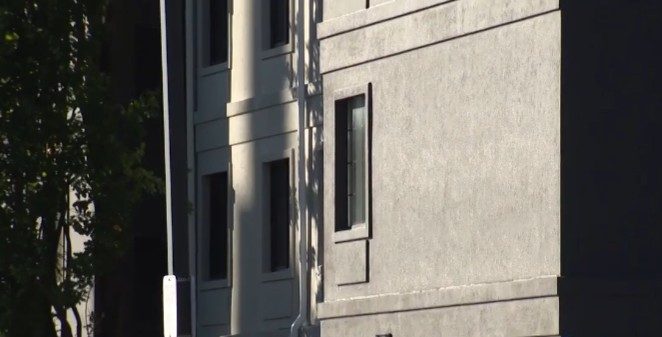Несколько дней в календаре России отмечены более пышным, чем 9 мая, день, когда нацистская Германия сдалась союзникам по московскому времени. В 80-й день Победы военные машины и колонны войск грохотали мимо Кремля под взглядом Владимира Путина. В течение второго десятилетия российские организаторы развернули массивные оранжево-черные георгиевские ленты, официальный символ триумфа Советского Союза в так называемой Великой Отечественной войне 1941-45 годов. Были и некоторые различия военного времени. Например, Россия объявила (тогда нарушила) свое собственное прекращение огня на Украине между 8 и 10 мая, в то время как российские сотрудники службы безопасности нервно смотрели в небо для беспилотников в Москве на фоне мобильного интернета. отключать В течение недели парада. Меры безопасности мешали москвичам заказывать такси или совершать плавные электронные банковские переводы. Ставки для России были высоки, поскольку президент Владимир Путин принимал лидеров БРИКС и «глобального Юга», хедлайнерами которых был президент Китая Си Цзиньпин.
Манипуляции России во Второй мировой войне Политика памяти Идеологически обосновать свое вторжение на Украину хорошо задокументировано. Стоит отметить, что в 2025 году эта память развивалась в течение трех лет полномасштабной войны России и одиннадцати лет вооруженного конфликта против страны, которая недавно отмечала тот же государственный праздник. И хотя украинская и российская историческая политика сейчас так же биполярна, как и политика Армении и Азербайджана, другие 13 советских государств-преемников приняли разнообразную историческую политику, которая бросает вызов простой категоризации.

Парад российских спецназовцев в ленте Святого Георгия. Фото: Shutterstock
От Балтийского моря до горного хребта Тянь-Шань все 15 государств имеют номинальную коллективную память о помощи в разгроме нацистского режима. Распад Советского Союза в 1991 году стал отправной точкой для этой памяти, и никакие два государства не остаются идентичными. Так почему же некоторые страны следуют российскому нарративу дольше других? Как соседи России переоценили День Победы, когда Украина, одна из их «собственниц» от этой экзистенциальной борьбы, проснулась к русским захватчикам, одетым в георгиевские ленты?
От «никогда больше» до «мы можем повторить»
После первого парада победы во Второй мировой войне советские войска вышли на Красную площадь только в 1965 году. Леонид Брежнев институционализировал 9 мая как государственный праздник (с выходным днем) для укрепления советской идентичности. Несмотря на продолжающиеся военные действия Советского Союза и жесткую историческую цензуру, его пропаганда была сосредоточена на мире. Цена войны — 27 миллионов убитых граждан — была слишком высока, чтобы 9 мая стало радостным событием. Памятный фильм эпохи Брежнева «День Победы», Белорусский вокзал В 1971 году не было ни танков, ни оружия: только стареющие товарищи по оружию слезно вспоминали страшные жертвы тех, кто не вернулся. Тон вокруг массовой войны был «никогда больше», который был усилен в 1980-х годах как препятствие для «милитаристской» внешней политики президента Рональда Рейгана и ядерного дамоклова меча.
Советский Союз проводил военные парады каждые пять лет с 1965 года. Президент России Борис Ельцин возродил их в 1995 году, когда его правительство взялось за объединяющую государственную идеологию в хрупкой новой федерации. Он также сделал это ежегодным мероприятием. Неудивительно, что Путин продолжил советскую фанфару в 2000 году. Призыв к превращению победы в Священный миф, квазирелигия, гражданская религияили даже культ развивались в течение следующих пятнадцати лет.
Кремль интерпретировал череду народных восстаний против коррумпированных постсоветских лидеров как угрозу своему собственному правлению. Грузия (2003), Украина (2004) и Кыргызстан (2005) имели мощные символы для сплочения сторонников: розы, оранжевые цвета и тюльпаны соответственно. Для государственного русского нарратива георгиевская лента удовлетворяла эту потребность. Оранжево-черная комбинация ссылалась на советскую медаль за победу над Германией, а также на российское императорское военное украшение. С 2005 года российская политика памяти развивалась по разным направлениям. С одной стороны, празднование Дня Победы остается большим событием для всех, кто вспоминает своих ветеранов и даже западных лидеров, которые стояли на смотровой площадке рядом с Путиным. Более 50 лидеров посещаемый в 2005 году, включая президента США Джорджа Буша-младшего после его визита в Латвию. США, Великобритания, Франция, Польша и Украина направили войска на Красную площадь в 2010 году.
В то же время российские государственные институты начали систематически стирать различие между торжественным поминовением ветеранов войны и поддержкой все более воинственного руководства страны. Первый «Бессмертный полк» Органически появился в День Победы в 2012 году, когда трое друзей в Томске продемонстрировали ламинированные портреты своих дедов-ветеранов Второй мировой войны. Они отвергнутый Правящая партия «Единая Россия» пытается перенять эту новую традицию. К 2014 году — после того, как пророссийские сепаратисты на Украине начали носить ленты Святого Георгия — Кремль поручил всем местным чиновникам организовать «Бессмертные полки», которые Путин лично возглавит в Москве.
К концу 2010-х годов Кремль успешно монополизировал эту священную победу. Она мобилизовала перформативное участие и одобрение руководства страны, используя смесь организованных правительством НПО (Российское военно-историческое общество, Бессмертный полк-Россия, Молодежная гвардия «Единой России» и «Волонтеры Победы», например) и ведомств, в том числе министерств культуры, образования, иностранных дел, Федерального агентства по делам молодежи.Росмолодежь), Юнармия (Молодежная армия), Федеральное агентство по делам Содружества Независимых Государств, соотечественников, проживающих за рубежом, и Международное гуманитарное сотрудничествоРоссотрудничество), вместе с миллионами российских госслужащих, и отправил их в идеологическую битву. Участие в маршах "Бессмертных полков" и "Дня Победы" стало "обязательным патриотизмом". Любой историк, активист или политик, усомнившийся в официальной линии, будет назван непатриотичным.
Полномасштабное вторжение России на Украину в четыре часа ночи спровоцировало воспоминания Неожиданное нападение нацистов в 1941 году выжившие. Два года спустя Путин приветливый Боевые участники вторжения в качестве фронта.фронтовики] "герои", когда тысячи из них прошли на параде 9 мая: Мы отмечаем День Победы в условиях проведения специальной военной операции. Все его участники — наши герои. Вся Россия с вами! "
Это сравнение установило новый минимум для исторических манипуляций. Ранее Путин писал в Национальный интересСоветские войска спасли «весь мир» своей «героической, жертвенной борьбой против нацистов». Около 80 процентов потерь союзников на Восточном фронте делают это утверждение не совсем ложным. Он сравнил этот героизм с врачами и медсестрами, рискующими жизнью в пандемии коронавируса в то время. Но в 2024 году уравнение ветеранов Второй мировой войны с современными российскими военными преступниками символизировало эволюцию 9 мая от «никогда больше» в 20-м веке до «мы можем повторить это».Можем Повторит ?Сегодня.
С завершением процесса политического присвоения, как соседи России переоценили праздник? Начнем наш тур по Восточной Европе.
Победа в Европе
Оккупированные Советским Союзом в 1940 году страны Балтии приравнивают празднования 9 мая к милитаризму и еще 36 годам подавленной государственности. Эстония, Латвия и Литва отказались от государственного праздника в 1990 году. Литва запрещенный Советские и нацистские символы вместе появились в 2008 году.
Кроме того, эти вновь освобожденный Европейский Союз и страны НАТО приняли посвящение Европейского парламента 23 августа, годовщины пакта Молотова-Риббентропа, как день для жертв как нацистского, так и советского режимов в 2009 году. Обе даты стали точками сплочения памяти для повествования о европейской интеграции.
В 2022 году Латвия разрушенный Памятник Победы в парке Узварас, Риге и запрещенный Празднование праздника в следующем году. Все тригосударства Публичные «провоенные» символы.
Ранний отказ стран Балтии от русского реваншизма 21-го века неудивителен. Он также был не единственным по соседству. В Беларуси, несмотря на президента Александра Лукашенко, зеркальный Празднование 9 мая (хотя и в форме маршала) святителя Георгия в основном отсутствует. В 2014 году, когда пропаганда Дня Победы сопровождала так называемую «русскую весну» сепаратизма на Украине, Минск неофициально запретил ленту, заменив ее альтернативой в красно-зеленом стиле режима. Симбология — это мизерное утверждение озабоченности Беларуси своим бывшим стратегическим союзником и непрекращающаяся забота о Путине. На двусторонней встрече 29 апреля 2025 года Лукашенко сказал«Никто ни при каких обстоятельствах не запрещает ленты Святого Георгия. Хотя, заглянув в историю, я советую историкам дать вам всю информацию [о] лентах Святого Георгия». На что Путин ответил: «Я не очень понимаю, что вы сказали по поводу георгиевской ленты, но я могу догадаться, что это может быть... Я с вами полностью согласен — символы могут быть разными, важно то, что стоит за этими символами. "
Сама Украина начала переход от политики памяти к чтению, а не празднованию победы той весной. Президент Виктор Янукович принял российский стиль 9 мая 2010-13. Но после того, как российская дипломатия и пропаганда начали изображать Революцию Достоинства 2013-14 годов как «фашистский переворот», Киев медленно встал на балтийский путь. В 2015 году президент Петр Порошенко создал 8 мая как День памяти и примирения. Президент Владимир Зеленский 23 февраля 2022 года речьЧастично на русском языке демонстрирует абсурдность русских притязаний: Но как может народ, отдавший более восьми миллионов жизней за победу над нацизмом, поддерживать нацизм? Как я могу быть нацистом? Скажите это моему деду, который прошел всю войну в пехоте Советской Армии и погиб полковником в независимой Украине». Только в 2023 году Киев изменение День Победы до 8 мая.
Молдова, где проевропейская партия PAS президента Майи Санду победила пророссийского кандидата в ноябре 2024 года, показывает наиболее спорный нарратив. 9 мая – это еще и День Победы. Но в 2017 годКогда тогдашний президент Игорь Додон присутствовал на параде Путина в качестве единственного гостя главы государства, молдавские законодатели также назначили 9 мая Днем Европы. С 2022 года парламент запретил георгиевские ленточки и пропаганду «Z», хотя пророссийская Социалистическая партия (ПСРМ) до сих пор организует Бессмертные полки, которые иногда выставляют напоказ запрет ленты или носят оранжевую и черную одежду, чтобы избежать этого. Первенство как Дня Европы, так и Дня Победы дает точки сплочения для соперничающей политики памяти.
Западные государства бывшего Советского Союза самым резким образом отреагировали на историческую политику России: даже Белоруссия не проигнорировала их имперские последствия. Давайте теперь пересечем Черное море в регионы с более длинной историей под российским имперским контролем.
Угасание памяти или геополитическое пробуждение?
В Армении и Грузии 9 мая является государственным праздником с небольшим государственным участием (хотя Армения отмечает его как День Победы и мира). Однако для пророссийского правительства Тбилиси даже шок от полномасштабного вторжения России не привел к формальным запретам на российскую победу или символику «Z». Армянские и российские солдаты маршировать вместе в Ереване 9 мая 2022 года. Премьер-министр Никол Пашинян посетил парады с Путиным 2023 год и 2025 год Несмотря на критику Москвой демократии в Армении и вседозволенность в отношении насильственного изгнания азербайджанских этнических армян из Нагорного Карабаха.
В то же время и армянская, и азербайджанская политика памяти использовали День Победы как строительный блок для своей национальной идентичности после распада СССР. Похожие на Молдова, Армения "тройной" праздник, отмечая победу 9 мая 1991 года в битве при Шуши в Первой Нагорно-Карабахской войне и создание Армии обороны Арцаха. Аналогичным образом Азербайджан переосмыслил значение «Дня Победы». С тех пор 2020 годОн выпадает на 8 ноября, в ознаменование завоевания Баку того же города (ныне переименованного в Шушу), который завершил Вторую нагорно-карабахскую войну. Он отодвинул 9 мая на второй план, который был переименован в «День Победы над фашизмом».
Завершая турне по Центральной Азии, мы приходим к самым продолжительным несогласным за пределами России. Все пять лидеров - из Казахстана, Кыргызстана, Таджикистана, Туркменистана и Узбекистана - выставили напоказ международную изоляцию России, присоединившись к параду Путина в Москве. 2023 год, 2024 год и это Год. Тем не менее, их политика внутри страны отражает деликатный баланс между хорошими отношениями с Москвой и проблемами безопасности от ее имперского завоевания в Украине.
9 мая Кыргызстан отражал Россию больше всего, с президентами, ведущими публичные мероприятия, войсками, марширующими с российскими, базирующимися на авиабазе Канта, и лентами Святого Георгия. Это действительно разошлось в 2022 году, когда Бишкек отменил традиционный военный парад, неофициально обескуражил ленту. запрещенный Символика «Z», как в Молдове. Таджикистан и Туркменистан Ашхабад проводил парад даже на фоне пандемии, но Душанбе запретил «Бессмертные полки» в 2017 году из-за «несовместимости» портретов погибших ветеранов с исламской традицией.
Узбекистан терпел ленту только тогда, когда ее носили русские, еще до начала полномасштабной войны, продвигая альтернативу, похожую на флаг Беларуси. Ташкент, отмечающий 9 мая как «День памяти и чести», был особенно приглушен на фоне более прохладного периода отношений с Россией в 2006-2012 годах. Однако связи подогревались при президенте Шавкате Мирзиёеве в 2017 год.
Наконец, наибольшую озабоченность в регионе вызывает Казахстан. Это запрещенный Бессмертные полки и георгиевская лента в 2022 году и собственный военный парад это Год стал первым за шесть лет. Другие общественные собрания имеют оставаться ограничено. Эти движения имеют отраженный И Астана, и ускорение казахстанского общества к национальному строительству и заботе о российских имперских проектах за пределами Украины.
Разнообразие политики 9 мая свидетельствует об угасании памяти на Кавказе. Грузия попала в кризис идентичности из-за российского влияния и оккупации, в то время как Армения и Азербайджан видели, что их собственные войны имеют приоритет. Но одно общее развитие от Черного моря до Каспия — это геополитическое пробуждение. Страны, не испытавшие физического уничтожения в 1941-45 годах, не имели такого же импульса, как Украина и страны Балтии, чтобы переоценить те годы, когда распался Советский Союз. После 2022 года они начали идти по канату между управлением опасными российскими имперскими нарративами с одной стороны и празднованием Дня Победы в качестве посредника для зависимых экономических отношений и отношений безопасности с Россией с другой.
Победа России: с нами или против нас?
Как мы видим, День Победы с 1965 года стал инструментом легитимации режима не только для России, но и для всех постсоветских государств, за исключением Прибалтики. Его эволюция может быть сгруппирована в три пересекающиеся фазы. Первый был посвящен ветеранам с более приглушенными парадами войск (1965-2010), последний с крупным западным участием. За этим последовала интеграция с российской безопасностью и «цветной революцией» с символикой Святого Георгия и тяжелой военной техникой (с 2005 года по настоящее время). После 2013 года и первого серьезного срыва отношений России с Западом (вторжение в Грузию в 2008 году было в значительной степени проигнорировано), День Победы начал сливаться с оправданием агрессии против Украины. В Донецке "Бессмертные полки" включили портреты убитых сепаратист Боевики наряду с жертвами Второй мировой войны.
День Победы стал в значительной степени несовместимым с нарративами о европейской интеграции, присутствующими в государствах ЕС и НАТО, на Украине и в некоторых частях Молдовы, хотя и не в Армении, несмотря на разочарование в российских соглашениях о безопасности. Последняя фаза началась в условиях полномасштабной войны в 2022 году. Физически парады 2023 и 2024 годов были еще менее грандиозными, чем раньше. включать Ветераны российского вторжения ознаменовали новую эру. На этот раз военные преступники находятся на «главной площади страны», а не только в подконтрольных полевым командирам Донецке и Луганске. Российская политика памяти показывает, что Второй мир Война никогда не заканчивалась по-настоящему. Однако это изменение завершает связь с 1945 года по настоящее время как сплошная линия, а не пунктирная.
Что это значит для соседей России? Военное притворство «денацификации» показывает, что честь «советской нации» не подлежит обсуждению в России. Российская политика памяти не оставляет места для нюансов, для поминовения жертв коммунистического руководства или для памяти жертв советского сотрудничества с нацистами и военных депортаций, таких как балты, чеченцы, крымские татары, ингуши, калмыки, поляки, поволжские немцы и другие меньшинства. Российские институции стремились экспортировать торжества, символику и их "Правда" О бесконечной Великой Отечественной войне (с 1941 года по настоящее время на Украине). Страны, зависящие от России, продолжают чтить 9 мая, запрещая только явную пропаганду «Z». Каждый май этот культурный феномен служит видимым показателем того, как на самом деле обстоят дела у кавказских и среднеазиатских государств. подкрепленный Отношения с Россией после 2022 года. В 2025 году войска из Азербайджана и пяти государств Центральной Азии маршировать Рядом с русской армией на Красной площади.
В этом году Путин представленный Геополитические последствия его политики памяти для мира. Во-первых, он охарактеризовал победу как «великий подвиг представителей разных национальностей, которые навсегда останутся в мировой истории как российские солдаты» — стирая различие между 15 государствами-преемниками так же, как он делал с Украиной до полномасштабного вторжения. Во-вторых, он снова представил войну против Украины как экзистенциальную, не обсуждаемую борьбу, без различия между Кремлем и нацией: Вся страна, общество и народ поддерживают участников специальной военной операции. В-третьих, в присутствии Си Цзиньпина он также признал роль Китая во Второй мировой войне - единственной стране, которой приписывают заслуги, помимо Советского Союза.
Последние три года показали, что даже гротескное присвоение Россией истории для агрессии в значительной степени было успехом мягкой силы. Почему нарратив России 9 мая по-прежнему так силен среди соседей, которые потенциально могут быть следующими в списке вторжения?
В его книга Шон Уокер описывает, как Путин воспользовался праздником, чтобы заставить россиян почувствовать себя «победителями», начиная с его выступления перед ветеранами Второй мировой войны 9 мая 2000 года. В 2018 году директор Левада-центра Лев Гудков зачисленный Ощущение имперского чувства к популярности Путина: «Главной сферой его достижений, как понимают эти 86 процентов, является международная политика, где он, как говорят, «вынуждал другие страны признавать статус великой державы России». Это символическая компенсация за повседневное чувство постоянного унижения маленького человека. Это чрезвычайно важные вещи. "
К сожалению, такая же тактика применяется и к другим режимам. Многие постсоветские президенты с удовольствием возглавляли военные парады и напоминали людям о победе, разрабатывая национальные идеологии для новых независимых государств. Восемьдесят лет спустя «Великая Отечественная война» по-прежнему набирает обороты.

Красная площадь Москвы в преддверии парада 9 мая 2025 года. Фото: Станислав Паламар / Shutterstock
Проиграть повествовательную войну?
Парад в честь 80-летия в Москве был не только еще одним удручающим моментом в злоупотреблении историей. Помимо обычных постсоветских гибридных режимов на параде присутствовали почти 20 лидеров, в том числе из Бразилии, Буркина-Фасо (с самым молодым лидером Африки, олицетворяющим геополитический поворот от постколониальной Франции к России), Китая, Кубы, Египта, Эфиопии, Экваториальной Гвинеи, Гвинеи-Бисау, Монголии, Мьянмы, Палестины, Республики Конго, Сербии, Словакии, Венесуэлы, Вьетнама, Зимбабве и двух сепаратистских образований Абхазии и Республики Сербской. Индия пониженный Делегация из-за военных действий с Пакистаном, Азербайджаном и Лаосом отмененный В последнюю минуту.
Что западные демократии должны делать с этой политикой памяти? Во-первых, бывшие советские государства Традиции 9 мая указывают на смешанную общественную и элитную поддержку России, несмотря на ее нападение на послевоенные территориальные нормы. примеры Голосование и воздержание в пользу России в ООН, участие в схемах уклонения от санкций и разделение поддержки России или Украины в опросах общественного мнения в Центральной Азии. Выносливость празднования 9 мая в российском стиле предполагает две мотивации: опасения элиты по поводу разрыва отношений с Россией и ненужной угрозы их собственной безопасности (чтобы они не стали «следующей Украиной») и стремление элиты к победе в День Победы в качестве постоянного источника легитимности внутреннего режима. Второй вопрос не ограничивается регионом: Президент США Дональд Трамп сказал Он хочет свой собственный День Победы, переименовав День ветерана, и является известным поклонником военных парадов. Простое распространение прибалтийской или украинской исторической политики вряд ли сработает в странах, которые не испытали жестокости Молотова-Риббентропа из первых рук.
Во-вторых, западные правительства должны признать связь между историей и патриотизмом, а не очернять всю советскую память как токсичный империализм. Настаивать на том, чтобы общества отказались от празднования, рискованно, потому что многие нерусские по-прежнему гордятся своими ветеранскими предками и уважают их вклад в защиту своей родины от нападения, как это делает Украина. В Восточной Европе и Центральной Азии проевропейские и западные нарративы должны конкурировать с российскими, которые дают «постсоветским» гражданам шанс почувствовать себя победителями. При этом здоровая публичная дипломатия должна уважать жертвы отдельных солдат и гражданских лиц союзников, а не Сталина или советского режима. Администрация Байдена показала понимание Подписание 9 мая Акта о ленд-лизе демократии в Украине 2022 года, изображающего Украину как законного преемника защиты человечества, а российскую армию как новый вермахт.

Пропагандистский рекламный щит в Макеевке в оккупированной Россией части Донецкой области Украины, связывающий освобождение региона во Второй мировой войне с сегодняшними событиями. Фото: Shutterstock
Наконец, ученые и информационные активисты на Западе должны представить себе риски не только победы России на Украине, но и победы России в письменной истории. Как будет выглядеть народная история в этом регионе? Многолетняя «специальная военная операция» станет продолжением «Великой Отечественной войны», так же как «героическая жертва» 1941-45 годов стала продолжением отпора России Наполеону. Почти 30 лидеров стран БРИКС и «глобального Юга» на сцене с Путиным в этом году продемонстрировали свою молчаливую поддержку этой истории. Долгоиграющая победа – один из самых мощных препаратов в информационном арсенале России и потребует проницательности. Европейская информационная стратегия Чтобы противостоять этому.
Александр Нейман Имеет степень магистра в области международной безопасности и степень бакалавра в области международной политики и российских и евразийских исследований Университета Джорджа Мейсона. Он также является бывшим студентом Варшавского университета и выпускником школы Think Tank в Новой Восточной Европе.
Пожалуйста, поддержите Новая Восточная Европа краудфандинговая кампания. Пожертвуйте, нажав на кнопку ниже.
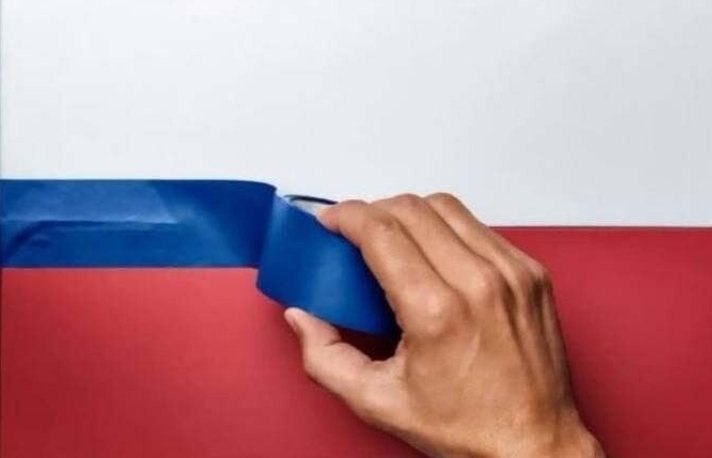

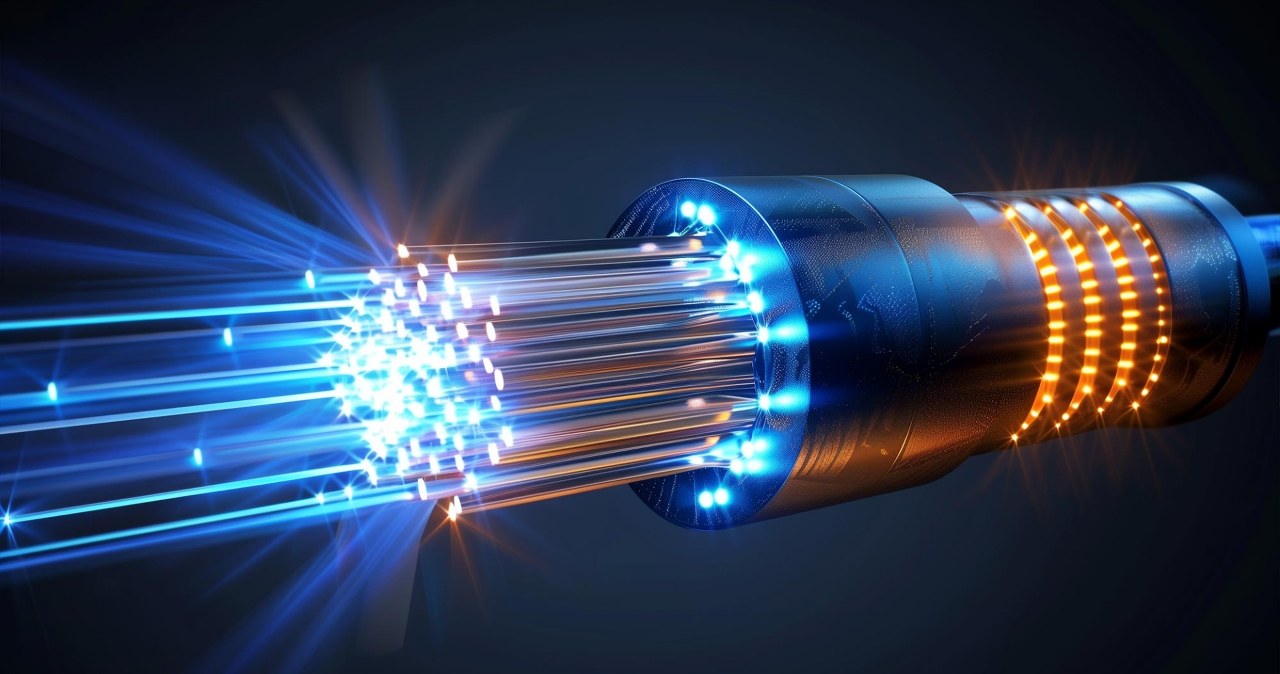



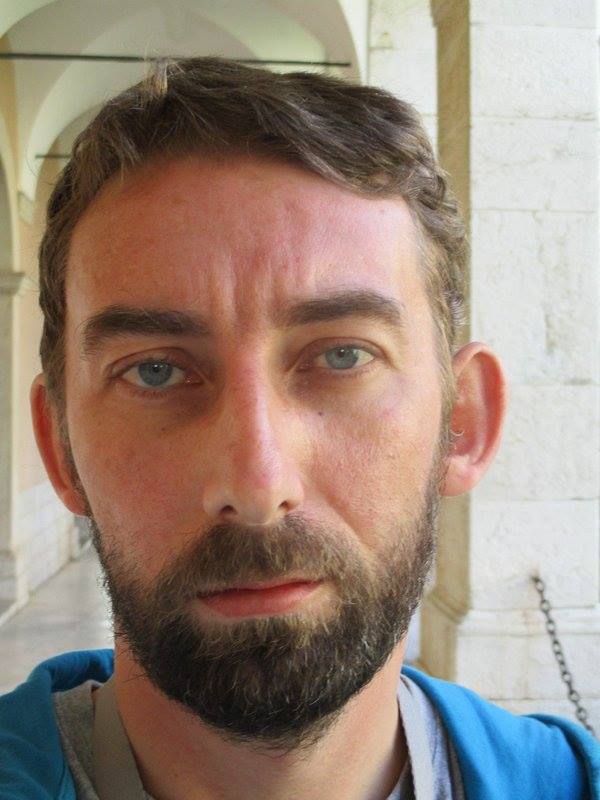

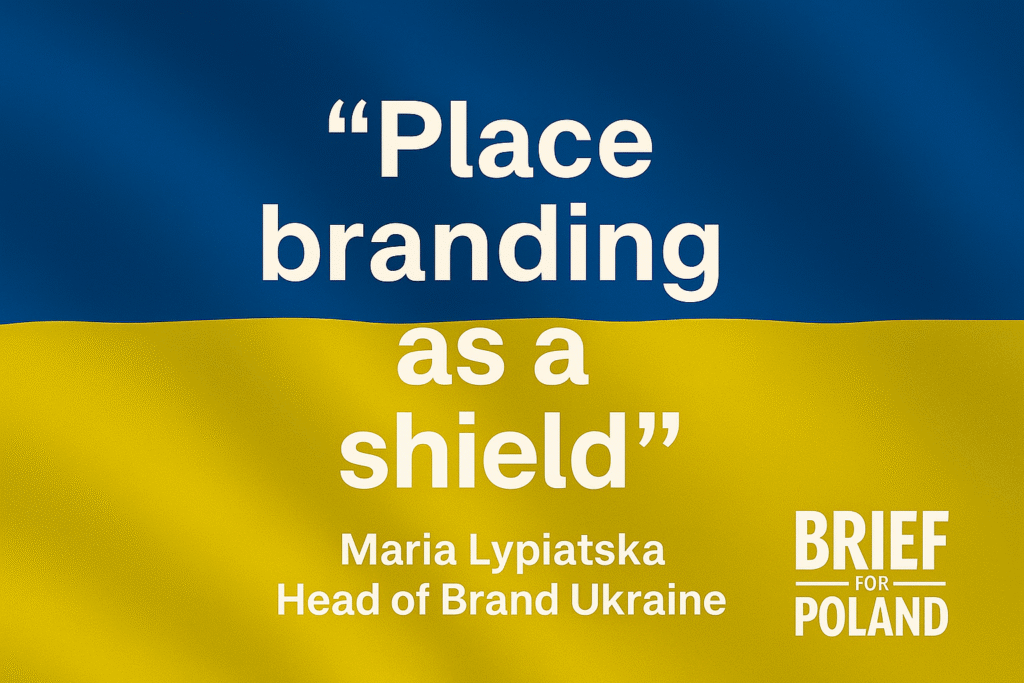


![A gdyby tak rzucić wszystko i wyjechać do Maroka… [zdjęcia]](https://tarnow.ikc.pl/wp-content/uploads/2025/10/ucieczka-do-tangeru-fot.-Artur-Gawle0001.jpg)
